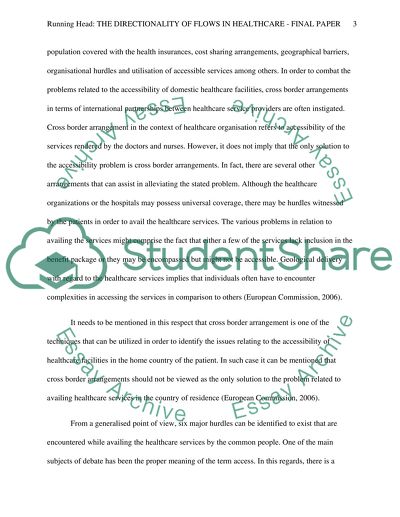Cite this document
(“The Directionality of Flows in Healthcare Research Paper”, n.d.)
Retrieved from https://studentshare.org/health-sciences-medicine/1400111-the-directionality-of-flows-in-healthcare
Retrieved from https://studentshare.org/health-sciences-medicine/1400111-the-directionality-of-flows-in-healthcare
(The Directionality of Flows in Healthcare Research Paper)
https://studentshare.org/health-sciences-medicine/1400111-the-directionality-of-flows-in-healthcare.
https://studentshare.org/health-sciences-medicine/1400111-the-directionality-of-flows-in-healthcare.
“The Directionality of Flows in Healthcare Research Paper”, n.d. https://studentshare.org/health-sciences-medicine/1400111-the-directionality-of-flows-in-healthcare.


